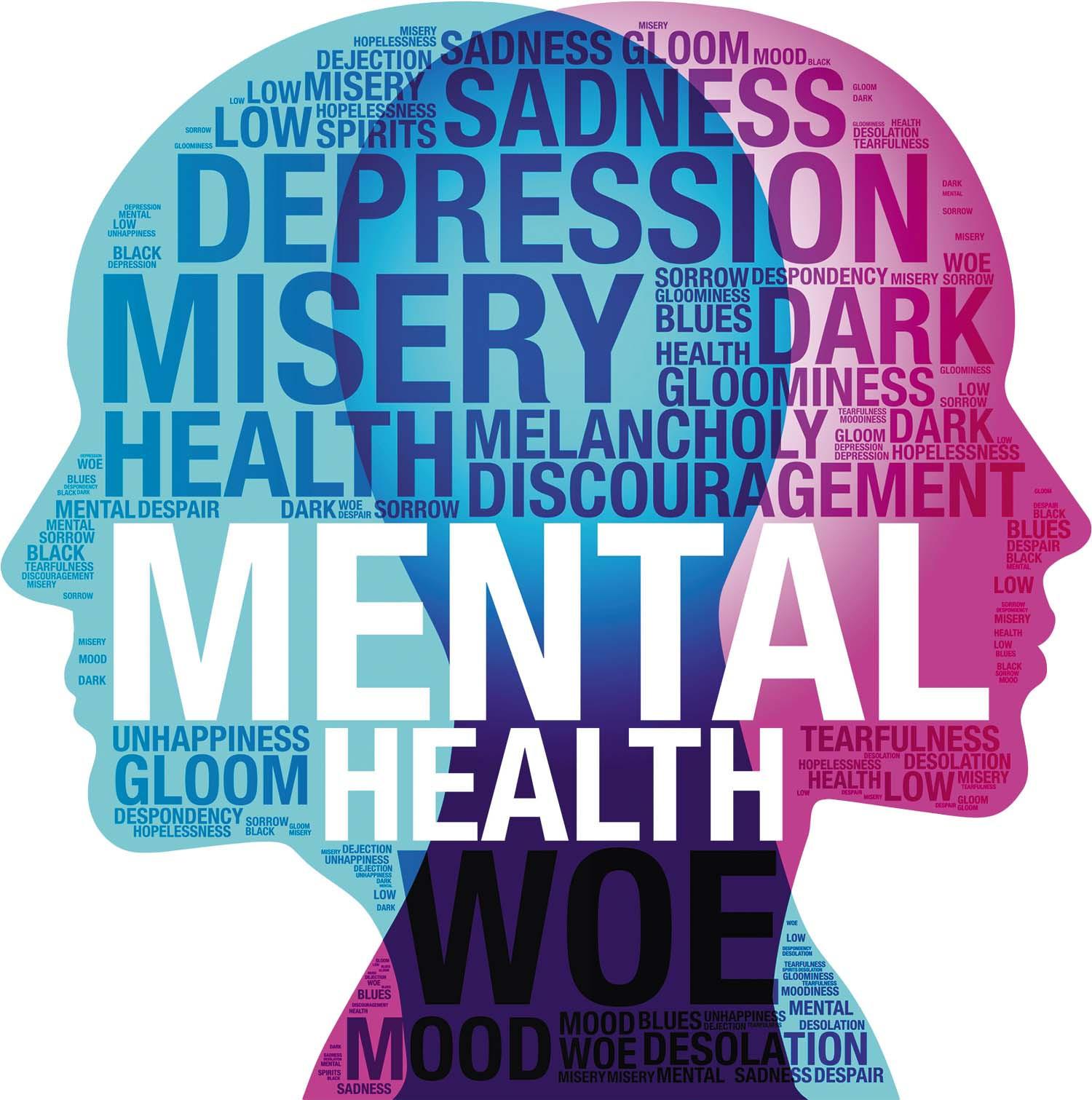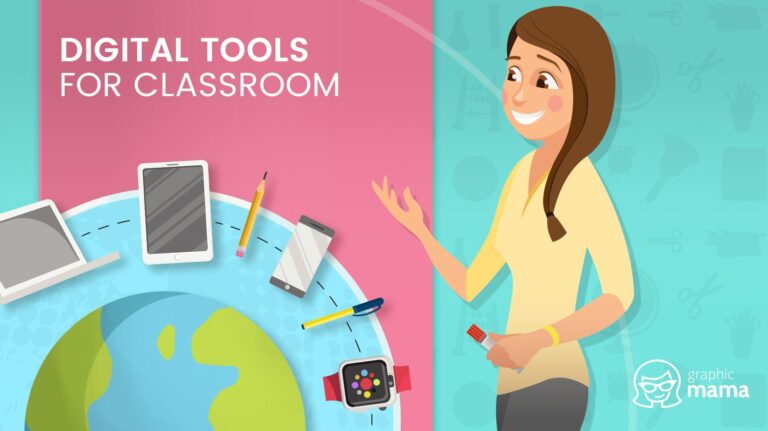In an era where technology seamlessly intertwines with nearly every aspect of modern life, the intersection of digital innovation and personal wellness presents a compelling frontier. The advent of sophisticated apps, wearable devices, and online platforms has brought forth unprecedented opportunities to enhance, monitor, and personalize health regimens with precise, data-driven insights. This article delves into the practicalities of integrating digital tools into daily wellness routines, providing a technical overview of the most effective applications, their functionalities, and the measurable impact they can have on overall well-being. From tracking physical activity and regulating sleep patterns to managing stress and optimizing nutrition, we examine how these digital solutions can transform traditional approaches to health into a holistic, tech-enabled experience.
Discovering Essential Digital Wellness Applications
When considering the myriad of digital tools available today, it’s crucial to focus on the ones that simplify and enhance your daily wellness routine. Mindfulness and meditation apps such as Calm and Headspace assist in reducing stress and improving mental clarity. These applications offer guided sessions, quick breathing exercises, and sleep stories, making it easy to integrate mindfulness into your daily schedule. Fitness trackers, like Fitbit and Garmin, provide detailed analytics about your physical activities, helping you stay active and motivated by tracking steps, heart rate, and calories burned.
For those aiming to improve their dietary habits, nutrition apps offer incredible value. MyFitnessPal and Lose It! are excellent choices for tracking calorie intake, meal planning, and logging daily food consumption. Furthermore, sleep improvement tools such as Sleep Cycle and Pzizz can significantly enhance your sleep quality by monitoring sleep patterns and offering personalized recommendations. Here is a comparison of these tools:
| Application | Primary Function | Key Feature |
|---|---|---|
| Calm | Meditation | Guided Sessions |
| Fitbit | Fitness Tracking | Activity Analytics |
| MyFitnessPal | Nutrition | Calorie Counter |
| Sleep Cycle | Sleep Monitoring | Sleep Analysis |

Leveraging Wearable Technology for Enhanced Health Tracking
Wearable technology has become a game-changer when it comes to keeping track of your health. Smartwatches, fitness trackers, and even specialized medical wearables offer a plethora of features that enable continuous monitoring of vital signs and activities. These devices track everything from heart rate to sleep patterns, providing invaluable data that can be used to make healthier choices. By syncing with your smartphone, they offer detailed insights via user-friendly apps. This makes it easier than ever to understand your body’s metrics and improve lifestyle habits accordingly.
Moreover, the integration of Artificial Intelligence (AI) in wearable tech provides advanced personalized health advice. By analyzing the collected data, these devices can suggest customized workout plans, dietary recommendations, and even stress management tips. Here are some features to look for in modern wearables:
- Continuous heart rate monitoring
- Sleep analysis
- Activity tracking (steps, distance, calories burned)
- GPS for outdoor activities
- Alerts and notifications
| Wearable Feature | Benefit |
|---|---|
| Continuous Heart Rate | Monitors cardiovascular health |
| Sleep Analysis | Improves sleep quality |
| Activity Tracker | Encourages physical activity |
| GPS | Enhances outdoor exercises |
| Notifications | Keeps you connected |

Building a Balanced Digital Detox Schedule
To create a harmonious daily wellness routine, it’s essential to balance your digital detox schedule. Designate specific times of the day for digital-free activities. For instance, you could enjoy your morning coffee while reading a book or engage in a hobby without electronic distractions. This helps to reset your mind and increase productivity. Additionally, utilize app blockers during work hours to avoid the temptation of social media and other distracting sites. This will allow you to focus more on your tasks and responsibilities.
Incorporate short, frequent breaks that involve physical movement or relaxation away from screens. This can include activities like stretching, meditation, or simply taking a walk outside. Here’s a simple breakdown:
- Morning: 8:00 AM – Coffee and book reading
- Afternoon: 12:30 PM – Walk outside for 15 minutes
- Evening: 6:00 PM – Unplug for dinner and family time
- Night: 9:00 PM – End the day with a tech-free activity like journaling
Creating a digital detox table can also be helpful:
| Time | Activity |
|---|---|
| 8:00 AM | Coffee and Book |
| 12:30 PM | Outdoor Walk |
| 6:00 PM | Family Time |
| 9:00 PM | Journaling |

Optimizing Mental Health with Guided Meditation Apps
Modern life is fast-paced and stressful, making it crucial to prioritize mental health. Guided meditation apps can empower you to take control of your well-being from the comfort of your own home. These digital tools are designed to help reduce stress, improve focus, and promote relaxation through structured meditation sessions. Many apps offer a variety of features such as customizable meditation lengths, soothing background music, and guided voice sessions that cater to different needs and preferences.
When choosing a meditation app, consider the following factors:
- User Interface: Ease of navigation and usability.
- Variety of Sessions: Different types and lengths to choose from.
- Personalization: Options to tailor sessions to your specific requirements.
- Additional Features: Extras like sleep aids and progress tracking.
Here's a brief comparison of popular meditation apps:
<table class="wp-block-table is-style-stripes">
<thead>
<tr>
<th>App</th>
<th>Pros</th>
<th>Cons</th>
</tr>
</thead>
<tbody>
<tr>
<td>Headspace</td>
<td>Wide variety of sessions, user-friendly interface</td>
<td>Subscription required for full access</td>
</tr>
<tr>
<td>Calm</td>
<td>High-quality content, additional tools like sleep stories</td>
<td>High subscription cost</td>
</tr>
<tr>
<td>Insight Timer</td>
<td>Large library of free guided meditations</td>
<td>User interface can be confusing</td>
</tr>
</tbody>
</table>
Q&A
Q&A:
Q: What is the significance of integrating digital tools into a daily wellness routine?
A: Integrating digital tools into a daily wellness routine facilitates the proactive management of physical, mental, and emotional well-being. These technologies offer personalized experiences, real-time feedback, and data-driven insights, allowing users to make informed decisions about their health. By leveraging such tools, individuals can enhance their self-care practices, improve consistency in their routines, and better track progress toward wellness goals.
Q: Which digital tools are commonly used for wellness management?
A: Common digital tools for wellness management include fitness trackers, meditation apps, nutrition platforms, sleep monitors, and holistic wellness apps. Fitness trackers, like Fitbit and Garmin, monitor physical activity, heart rate, and caloric expenditure. Meditation apps, such as Calm and Headspace, provide guided mindfulness sessions. Nutrition platforms, like MyFitnessPal, assist with diet logging and macronutrient tracking. Sleep monitors, including Oura Ring and Sleep Cycle, analyze sleep patterns to improve rest quality. Holistic wellness apps integrate multiple aspects of health, offering comprehensive support.
Q: How do fitness trackers enhance physical wellness?
A: Fitness trackers enhance physical wellness by continuously monitoring various metrics such as steps taken, distance covered, heart rate, and caloric burn. These devices provide real-time feedback and long-term trends, enabling users to set specific fitness goals and track their progress over time. Additionally, some advanced fitness trackers offer features like guided workouts, reminders to move, and health metrics like VO2 max and heart rate variability, which can help in creating a balanced and effective exercise regimen.
Q: In what ways do meditation apps contribute to mental well-being?
A: Meditation apps contribute to mental well-being by offering a range of guided meditation sessions tailored to different needs, such as stress reduction, anxiety management, and improved focus. These apps often include features like breathing exercises, sleep aids, and mindfulness techniques. By facilitating regular meditation practice, users can develop coping strategies for stress, enhance emotional regulation, and achieve greater mental clarity and relaxation.
Q: Can nutrition platforms be effective in managing dietary habits?
A: Nutrition platforms can be highly effective in managing dietary habits by providing tools for logging meals, tracking caloric intake, and analyzing macronutrient distribution. By inputting dietary information, users receive personalized recommendations and insights into their eating patterns, aiding them in making healthier choices. These platforms often include databases of foods and recipes, making it easier to plan balanced and nutritious meals. Additionally, some apps offer features like barcode scanning, meal planning, and integration with other health tools for a more comprehensive approach.
Q: What role do sleep monitors play in enhancing sleep quality?
A: Sleep monitors play a crucial role in enhancing sleep quality by tracking parameters such as sleep duration, sleep stages, and disturbances. These devices analyze sleep patterns to provide insights into sleep efficiency and identify factors affecting rest, such as heart rate and movement. Utilizing this data, individuals can make adjustments to their sleep environment and habits to improve overall sleep health. Some sleep monitors also offer smart alarm features that wake users during light sleep phases, contributing to a more refreshed feeling upon waking.
Q: How do holistic wellness apps integrate various aspects of health?
A: Holistic wellness apps integrate various aspects of health by offering features that address physical, mental, and emotional well-being in a single platform. These apps may include components for fitness tracking, meditation, nutrition, sleep monitoring, and even social support communities. By centralizing data from multiple health dimensions, users can gain a more comprehensive view of their overall wellness, identify correlations between different aspects of their health, and adopt a balanced approach to self-care.
Q: What are some challenges associated with integrating digital tools into wellness routines?
A: Challenges associated with integrating digital tools into wellness routines include technological barriers, such as device compatibility and learning curves for new software. Some users may face issues with data privacy and security, while others might experience difficulty maintaining consistent usage or face information overload from excessive tracking. Additionally, the cost of premium features or advanced devices can be a limiting factor. Addressing these challenges requires careful selection of user-friendly and secure tools, along with setting realistic expectations for integration into everyday life.
Q: What future trends are anticipated in the realm of digital wellness tools?
A: Future trends in digital wellness tools are expected to focus on increased personalization through artificial intelligence and machine learning, which will offer more tailored recommendations and predictive analytics. Integration with wearable devices is likely to expand, providing a more seamless and comprehensive health monitoring experience. We can also anticipate advancements in remote health monitoring and telehealth capabilities, allowing for better management of chronic conditions and more accessible professional guidance. Furthermore, the incorporation of biometric data and genetic information could lead to highly individualized wellness plans that cater to specific health profiles.
This Q&A format underscores the technical aspects and benefits of integrating digital tools into daily wellness routines while maintaining a journalistic tone to inform and engage readers.
Closing Remarks
the integration of digital tools into daily wellness routines offers a multifaceted approach to improving physical, mental, and emotional health. Employing technologies such as mobile applications, wearable devices, and virtual wellness platforms can enhance traditional methods and provide a personalized wellness experience. These tools offer benefits that range from real-time health monitoring to tailored fitness plans and mental health resources.
However, it’s important to recognize the necessity for a balanced approach. While digital tools present an innovative means to support wellness, they should complement—not replace—professional medical advice and conventional health practices. Additionally, users must stay informed about data privacy concerns and ensure that they engage with credible, secure applications.
As the field of digital health continues to evolve, ongoing research and technological advancements will likely yield even more sophisticated tools, further bridging the gap between health and technology. Embracing these developments judiciously can empower individuals to take an active, informed role in their health and wellness journey, ultimately fostering a healthier and more connected society.


